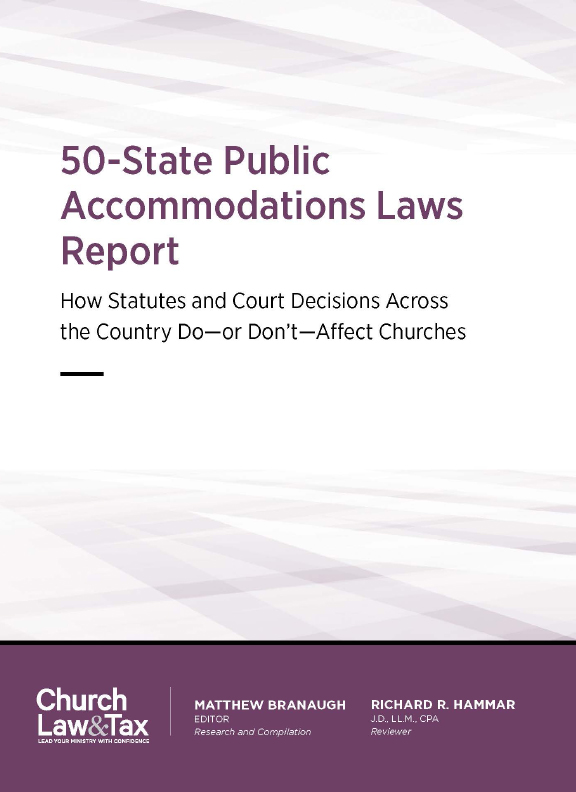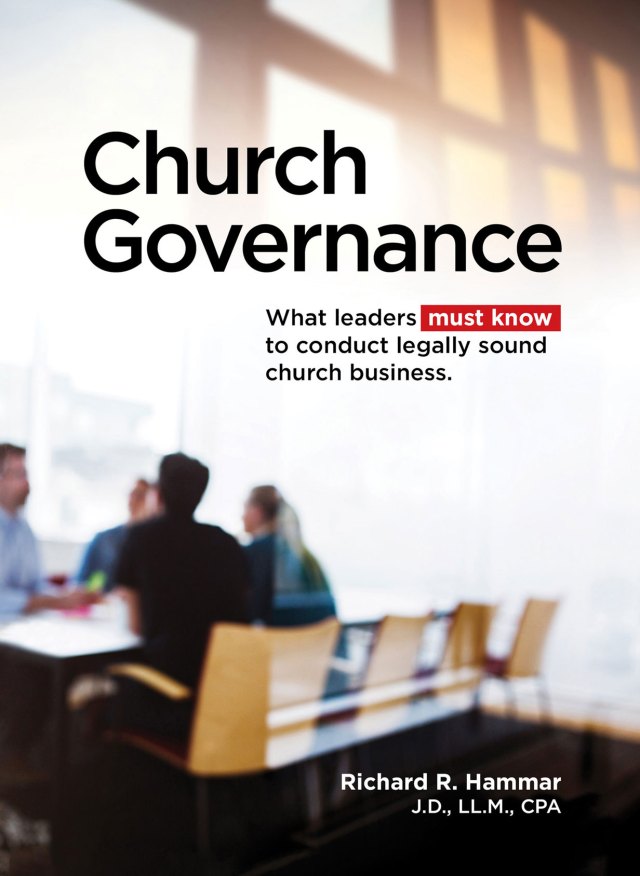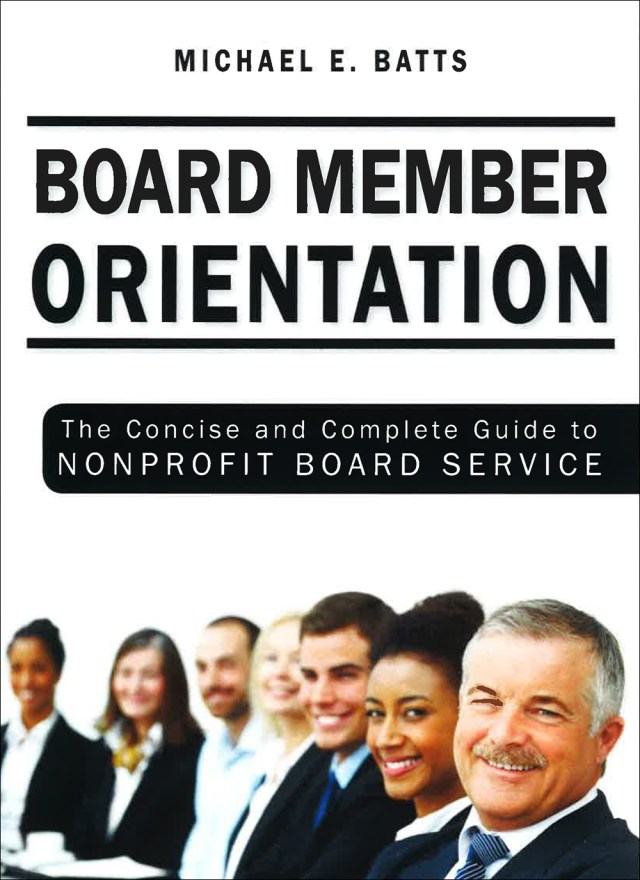If you’re reading this article, you’ve likely found yourself in a position where you need an explanation of business meeting minutes.
That’s where this article will come in handy. Here you’ll find answers to four common questions related to taking minutes.
What are business meeting minutes and why do they matter?
Business meeting minutes are the official record of a group’s action. Taking minutes is important for at least two reasons.
First, the law expects that organizations will keep an official record of the proceedings of a group’s members, committees, and governing bodies.
The Internal Revenue Service (IRS) requires tax-exempt organizations that file a Form 990 to verify that, as an organization, they have documented their actions. Even though the IRS does not require churches to file a Form 990, state nonprofit laws often include a requirement that nonprofit organizations located in that state keep an official record of actions taken.
Second, and arguably more important on a practical level, properly taken minutes eliminate confusion and disagreement about what occurred at a meeting.
Ask most church members what occurred at a business meeting and the odds are low that they will remember the actions taken with any precision. They may remember topics discussed and comments made, especially if there was any controversy, but their memory of the wording of motions made and adopted will not be reliable. Carefully taken minutes provide clarity when a member cannot remember what happened.
Who should take business meeting minutes?
In general, it is important to have a designated minutes-taker. Most commonly, this responsibility falls to the individual elected or appointed to the office of secretary, and this person may be different than the individual employed as the church secretary.
The minutes-taker has two important duties: (1) to ensure the minutes actually get taken, and (2) to ensure that the minutes are stored in a designated place that’s easily accessed by those who need them now and in the future.
So, if achieving these goals means that someone other than the elected or appointed secretary takes the minutes, that is completely allowable. It is better to go this route than to have no minutes taken at all or to be unable to find them later.
What should business meeting minutes include?
Very simply, business meeting minutes should include a record of what was done, not what was said. In other words, minutes should include a record of the actions taken on various items of business, but they need not (and should not) include a record of which individuals discussed those items of business or what those individuals said.
Even with the best of intentions, any attempt to summarize the comments made tends to result in inaccuracies or biased presentation. If there’s a reason for the church to have a record of the discussion on various items, the best course of action is to hire a court reporter so that you have a reliable transcript.
What to include:
If you are the person charged with taking minutes, the first part of the record should include a paragraph containing the following information:
- the type of meeting (e.g., regular, special, continued);
- the name of the group that is meeting;
- the date, time, and place of the meeting;
- an acknowledgement that the person in charge of the group (e.g., chairman, president, pastor) and the secretary were present; and
- an acknowledgement that a quorum was present, and in a smaller group (a dozen or fewer), a list of the members who were present.
Here’s an example:
A regular meeting of the Deacon Board of the One and Only Church was held on January 15, 2022, at 7 p.m. at the church building. Chairman Smith and Secretary Brown were present. A quorum was present.
After the opening paragraph, the minutes should follow the same order as the meeting agenda and should contain a separate paragraph for each item on the agenda.
- If the agenda item is a report, the minutes can state under the report heading that a certain individual presented a report.
- If the agenda item results in a main motion or several, the minutes should state the final wording of the motion as stated just before the vote, and then note whether the motion was adopted, defeated, or otherwise disposed of (e.g., referred to a committee or tabled).
- If the motion was amended before it was put to a vote, the minutes can say as much, but they only need to state the final wording of the motion and do not need to include all the iterations that occurred from the time the motion was initially proposed until the vote. It is generally wise to include the name of the individual who made the motion in the minutes, but there’s no need to include the name of the person who seconded it.
Here’s an example of an action recorded in meeting minutes:
After presenting a report on the status of the church property, Deacon Dave, Chairman of the Building Committee, moved on behalf of the Building Committee that the church request proposals from three architecture firms for the design of a new addition to the sanctuary. The motion was adopted as amended.
How are business meeting minutes approved or corrected?
Minutes become the official record of a group’s actions when that group approves them. Typically, minutes are presented for approval at the next regular meeting after they were taken, and they are circulated to the group in a reasonable amount of time before the meeting so that the members can review them ahead of the meeting if they choose to do so.
At the meeting where the minutes are presented for approval, there’s generally no need to read them aloud to the group unless someone specifically requests that they be read. Instead, the chairperson should simply ask, “Are there any corrections to the minutes from the January 15, 2022, meeting as distributed?” If there is no response after a brief pause (three to five seconds), the chairperson should say, “Hearing no corrections, the minutes are approved as distributed.”
If there’s a correction to fix the minutes so that they accurately reflect what occurred during the previous meeting, the chairperson should ask if there is any objection to that correction. If not, the chairperson should state that the correction will be incorporated into the circulated draft.
As long as any requested correction is truly that—meaning, it is an adjustment that fixes the minutes so that they are an accurate reflection of what occurred during the meeting—then, objections to that correction should be rare. But if there is disagreement, the group should take a vote on the proper wording.
Note.
It is important to remember that making a correction to the minutes is not a way to change what occurred during the meeting where the minutes were taken. What happened at the meeting is in the past, and changing the action taken there can happen only if the group takes a vote to that effect. Approving the minutes is simply a way to confirm that the record of what happened is accurate.
Return to the series homepage.
For related infographics and downloadable resources from the author, visit The Law of Order blog at civility.co.





